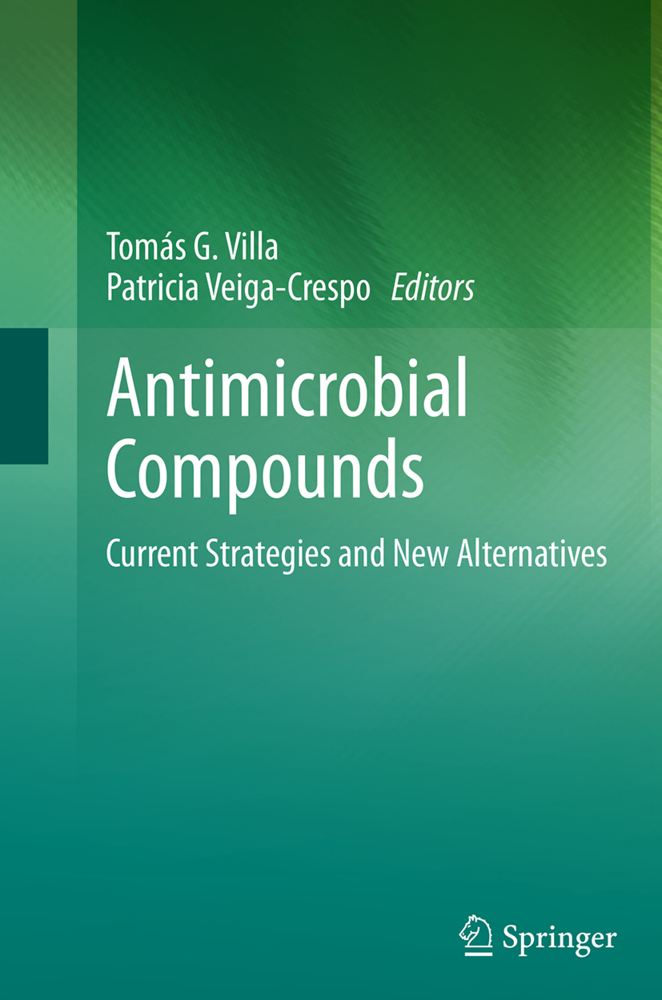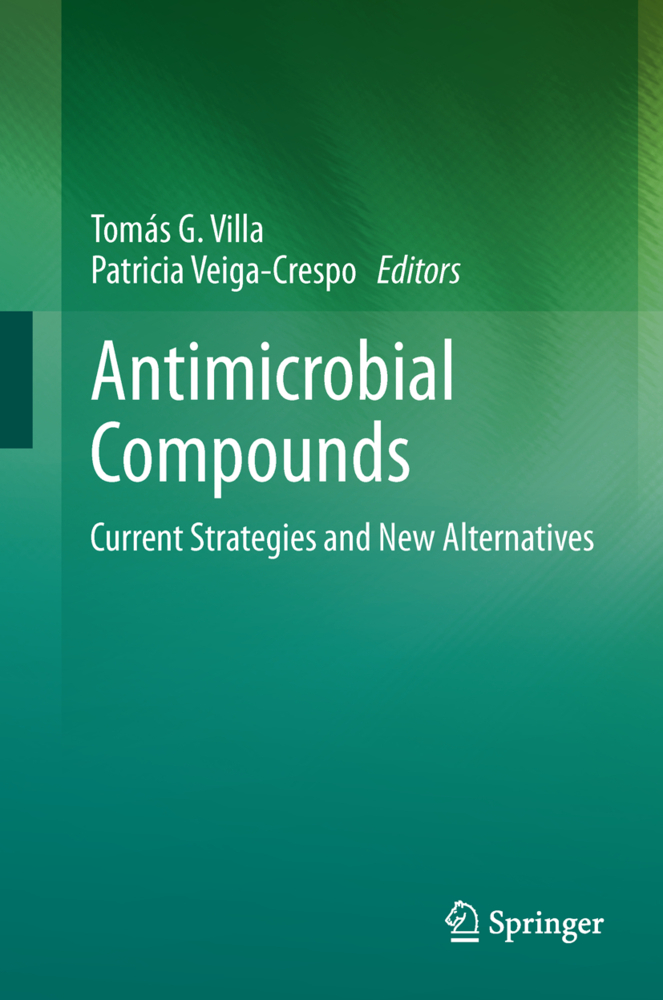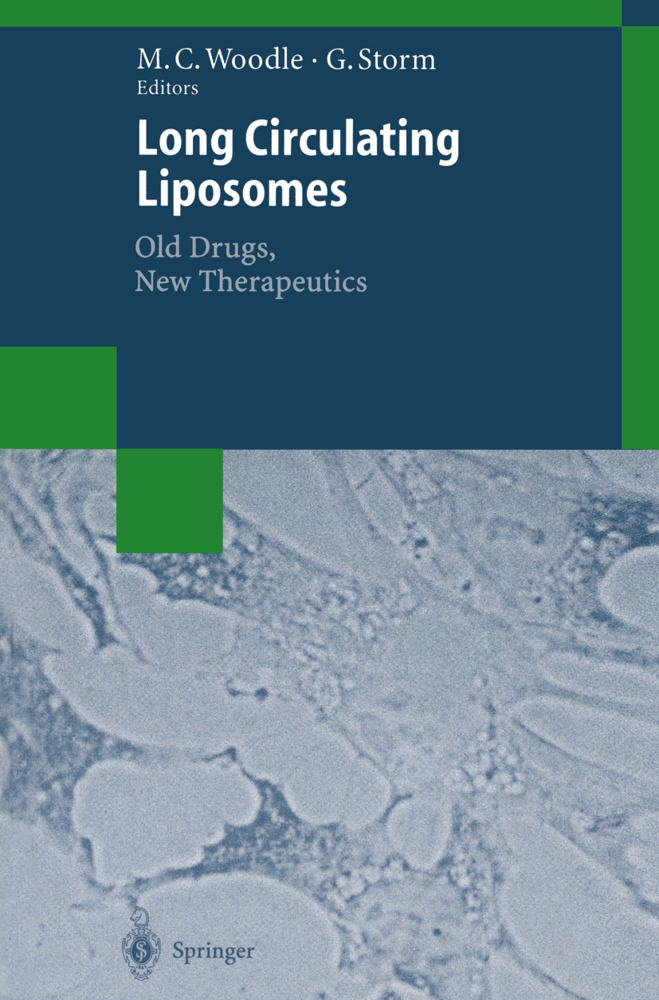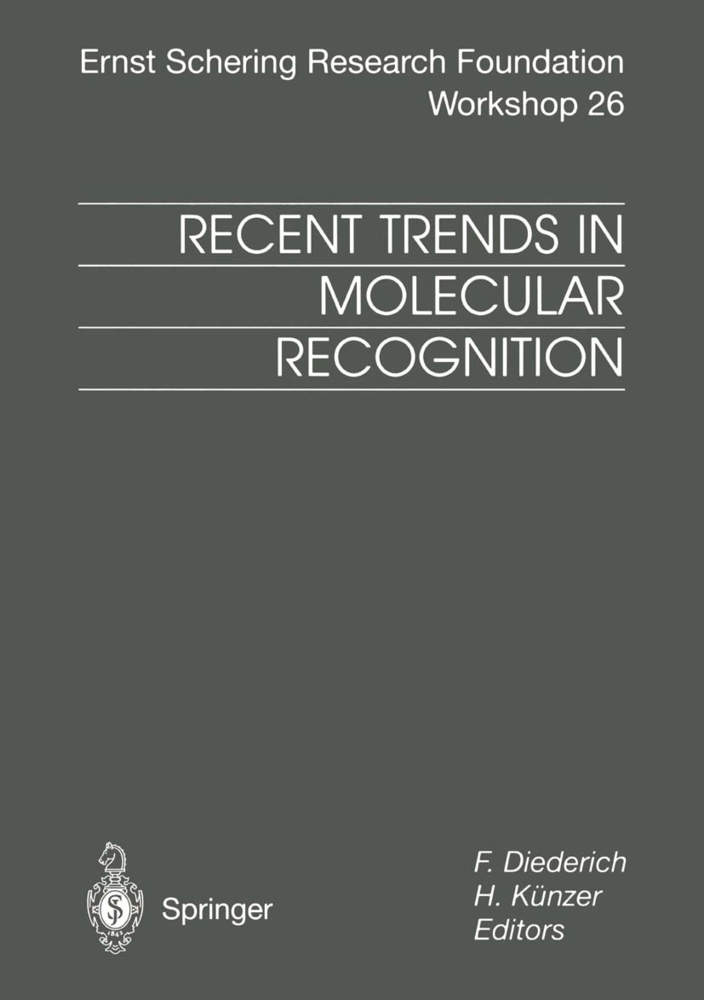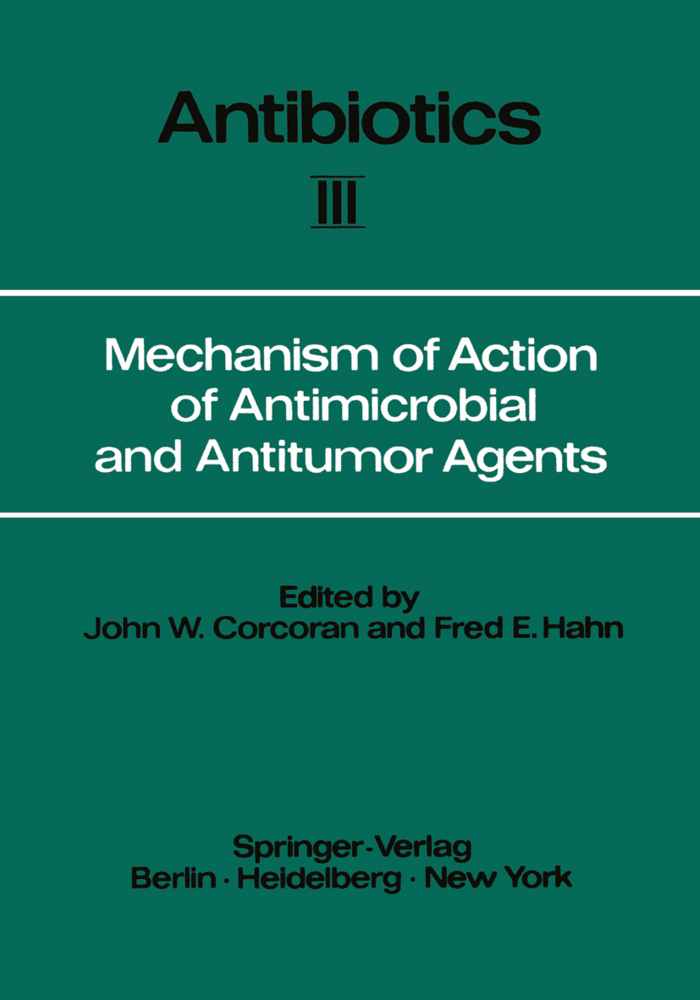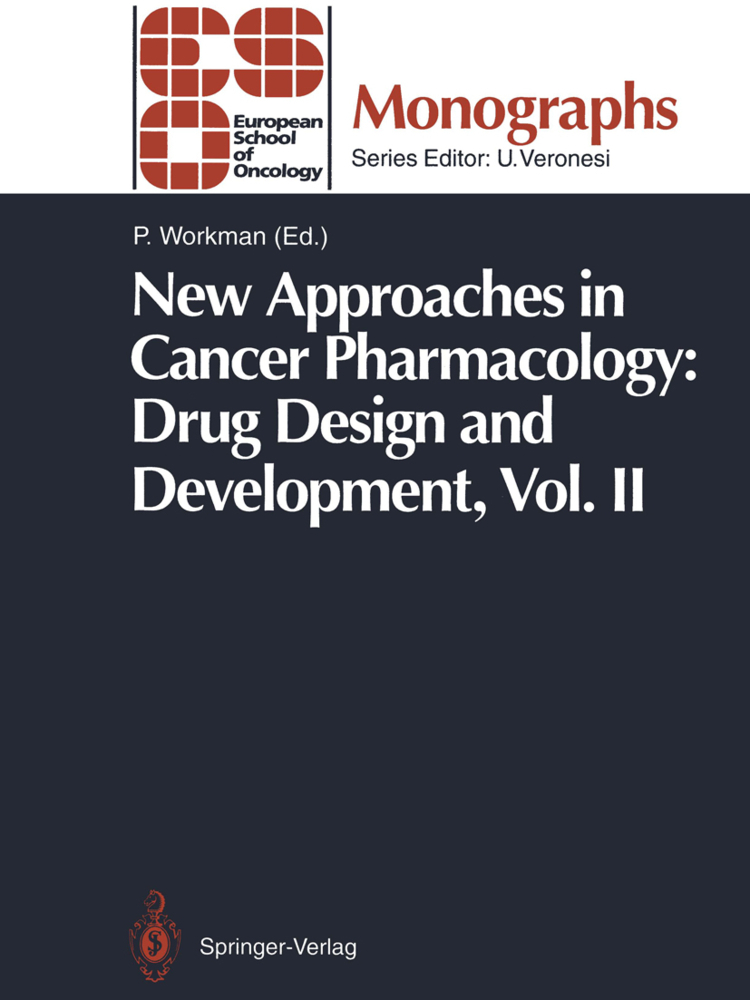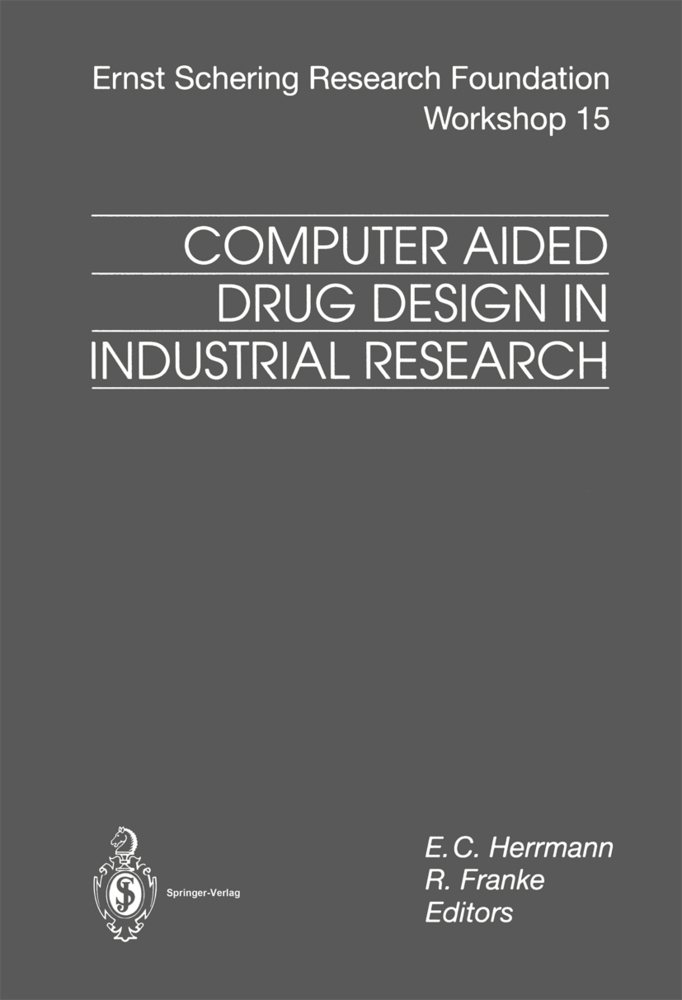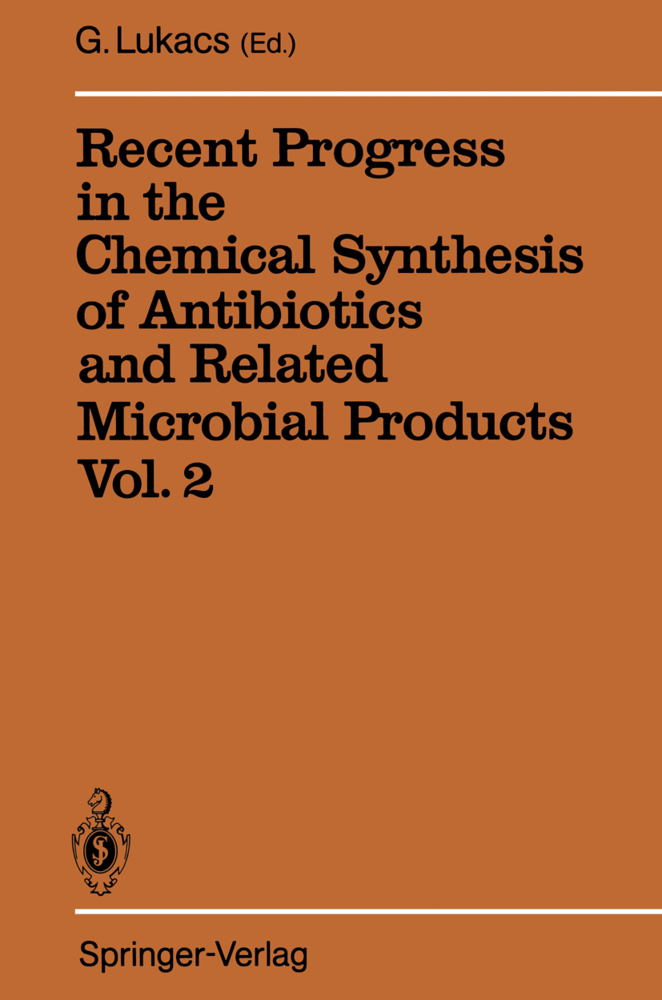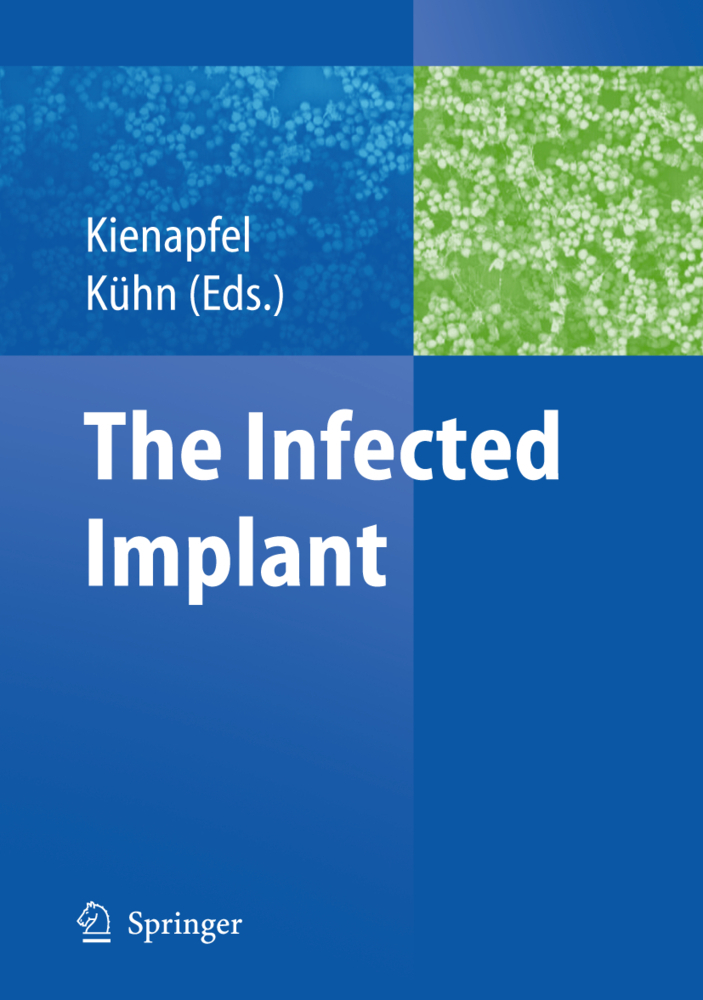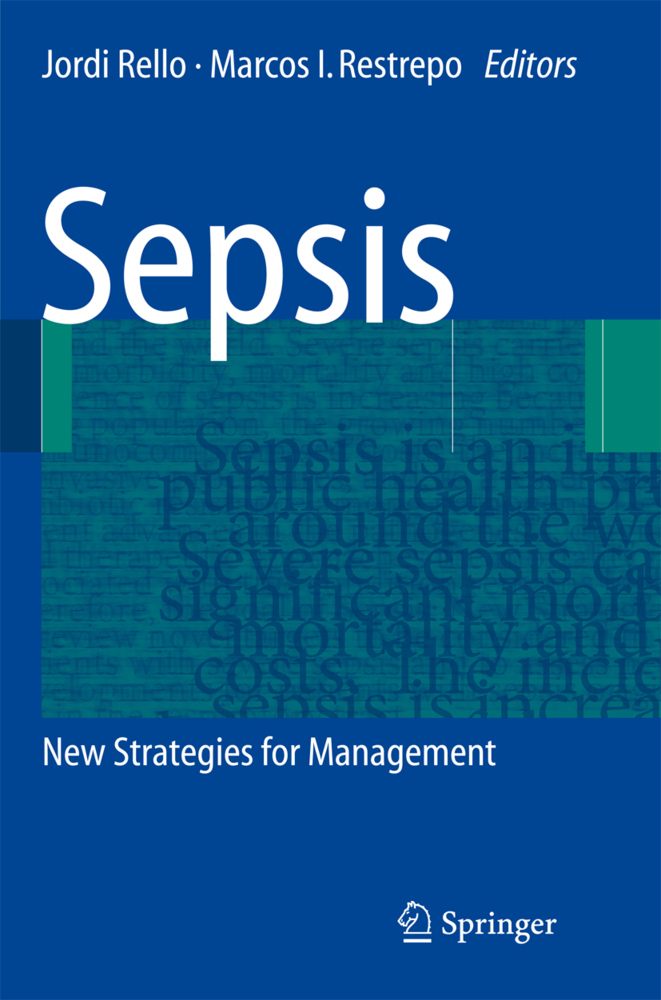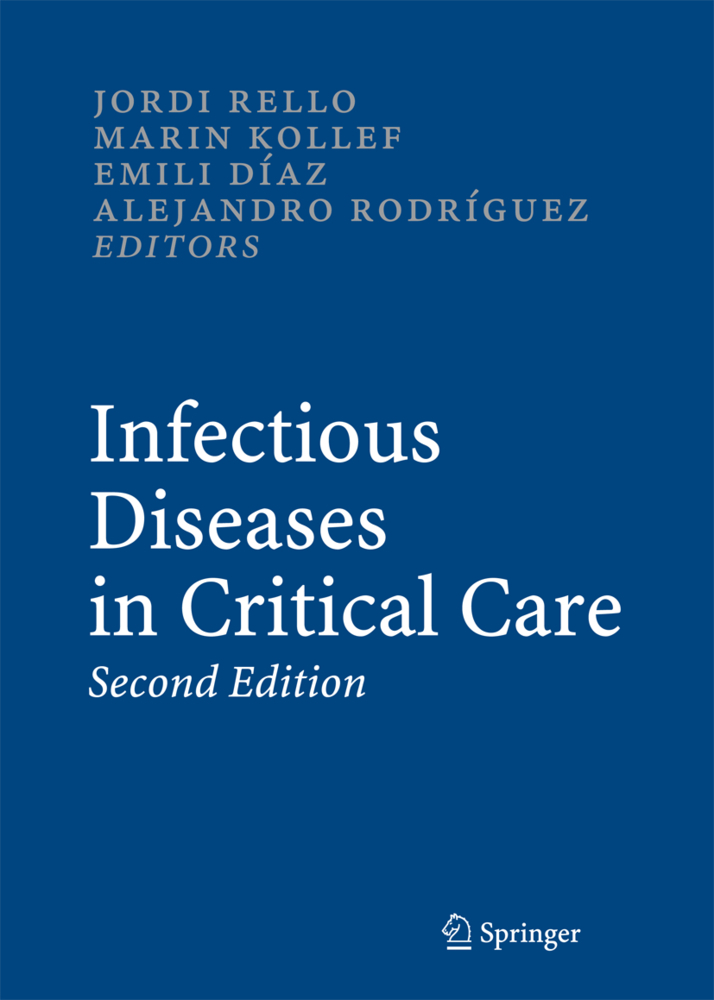Antimicrobial Compounds
Antimicrobial Compounds
Since penicillin and salvarsan were discovered, a number of new drugs to combat infectious diseases have been developed, but at the same time, the number of multi-resistant microorganism strains is increasing. Thus, the design of new and effective antibacterial, antiviral and antifungal agents will be a major challenge in the next years.
This book reviews the current state-of-the-art in antimicrobial research and discusses new strategies for the design and discovery of novel therapies. Topics covered include the use of genetic engineering, genome mining, manipulation of gene clusters, X-ray and neutron scattering as well as the antimicrobial effects of essential oils, antimicrobial agents of plant origin, beta-lactam antibiotics, antimicrobial peptides, and cell-wall-affecting antifungal antibiotics.
Strategies for the design and discovery of novel antibiotics using genetic engineering and genome mining
X-ray and Neutron Scattering Foundations for the Research in AntimicrobialsAntibacterial, Antiviral and Antifungal Activity of Essential Oils: Mechanisms and Applications
New antimicrobial agents of plant origin
Advances in beta-lactam antibiotics
The Cornerstone of Nucleic Acid-affecting Antibiotics in Bacteria
Genetic analysis and manipulation of polyene antibiotic gene clusters as a way to produce more effective antifungal compounds
Enzybiotics: The rush towards prevention and control of multi-resistant bacteria (MRB)
New cell wall-affecting antifungal antibiotics
Perspectives in the research on Antimicrobial peptides
Glycopeptides and bacterial cell walls.
Villa, Tomás G.
Veiga-Crespo, Patricia
| ISBN | 978-3-662-51216-6 |
|---|---|
| Medientyp | Buch |
| Copyrightjahr | 2016 |
| Verlag | Springer, Berlin |
| Umfang | XVI, 316 Seiten |
| Sprache | Englisch |

